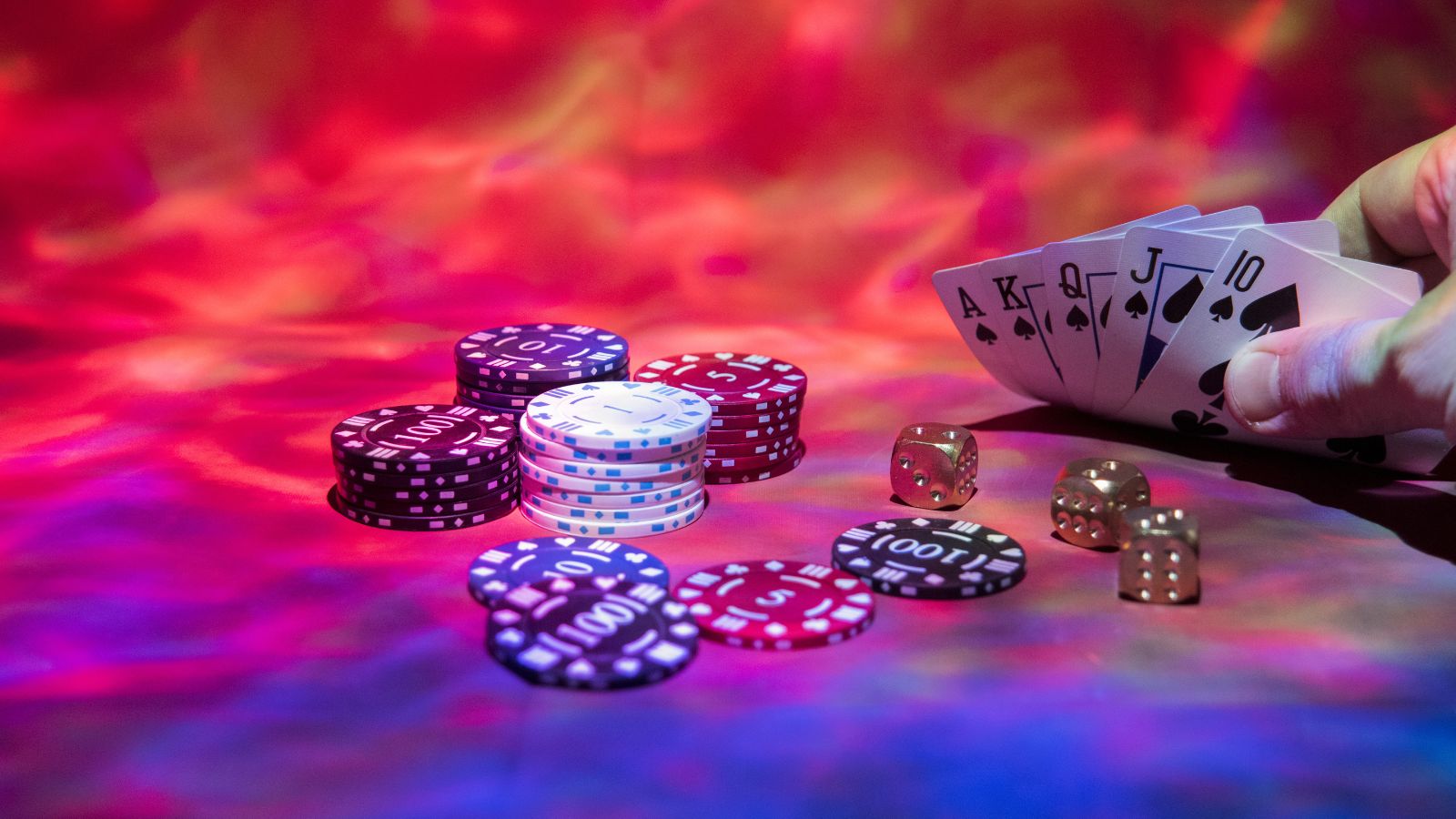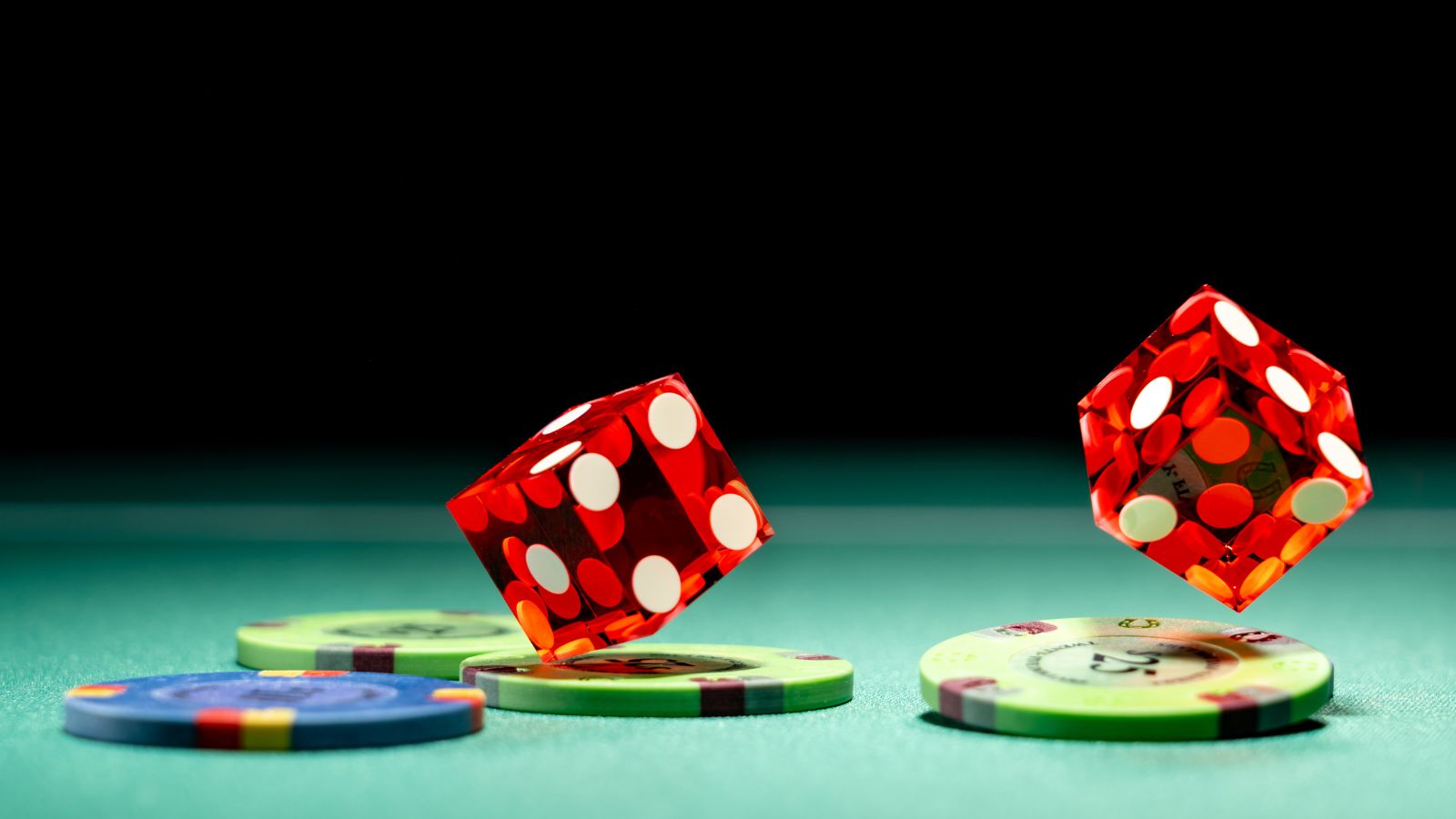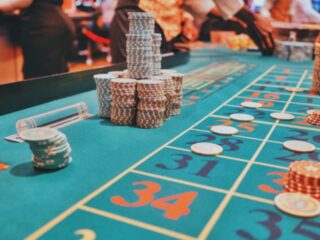
Casinos and betting have long fascinated people, drawing millions into the thrill of chance and strategy. While luck plays a significant role in gambling, there is also a deep psychological and scientific aspect to why players keep coming back. From the way games are designed to how our brains react to wins and losses, casinos use a combination of psychology, mathematics, and technology to create an immersive experience. In this essay, we will explore the science behind casino gambling, revealing some of the most intriguing facts about how casinos influence player behavior.
The Brain’s Reaction To Gambling
One of the biggest reasons people are drawn to gambling is the way it stimulates the brain. Studies show that gambling triggers the release of dopamine, the brain’s “feel-good” neurotransmitter, which is also associated with pleasure and reward. This release occurs even when a player loses, which explains why many continue playing despite repeated losses. The anticipation of winning keeps players engaged, much like how the brain reacts to other rewarding activities such as eating or exercise.
The Near-Miss Effect
Casinos use psychological tricks to keep players hooked, one of the most effective being the “near-miss effect.” Slot machines, for example, are programmed to occasionally display results that are just one symbol away from a jackpot. Even though a near-miss is technically a loss, the brain perceives it as almost winning, encouraging the player to keep spinning in the hopes of an actual win. This concept is widely used in game design to maximize engagement.
Randomness And The Gambler’s Fallacy
Casino games are built on randomness, yet many players fall into the trap of the “gambler’s fallacy”—the mistaken belief that past outcomes influence future results. For example, in roulette, if the wheel has landed on red multiple times in a row, players may believe that black is “due” to appear. However, each spin is independent, and the probability remains the same. Casinos benefit greatly from this misconception, as it leads players to make riskier bets.
House Edge And Game Design
Every casino game is designed with a mathematical advantage known as the “house edge.” This ensures that, over time, the casino always makes a profit. Different games have different house edges; for instance, blackjack, when played with optimal strategy, has a house edge of around 1%, while slot machines can have an edge as high as 10% or more. Understanding house edge is key to making informed betting decisions.
The Role Of Sounds And Lights
Casinos use an array of sensory stimuli to keep players engaged. The bright lights, upbeat music, and celebratory sounds create an atmosphere of excitement and winning, even virtualy. Slot machines, in particular, use sound effects to make small wins feel more significant, reinforcing the player’s desire to continue playing.
Conclusion
Casino gambling is not just about luck—it is a carefully designed experience that taps into human psychology and behavioral patterns. Understanding the science behind casinos can help players make better decisions and approach gambling as a form of entertainment rather than a way to make money. Whether it’s the rush of dopamine, the illusion of near-misses, or the influence of sounds and visuals, casinos have mastered the art of keeping players engaged. As always, responsible gambling is key to ensuring the experience remains enjoyable and within control you can try your luck at x3000casino.







